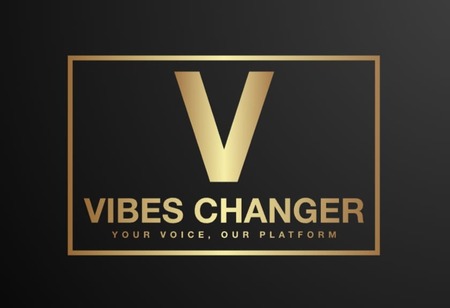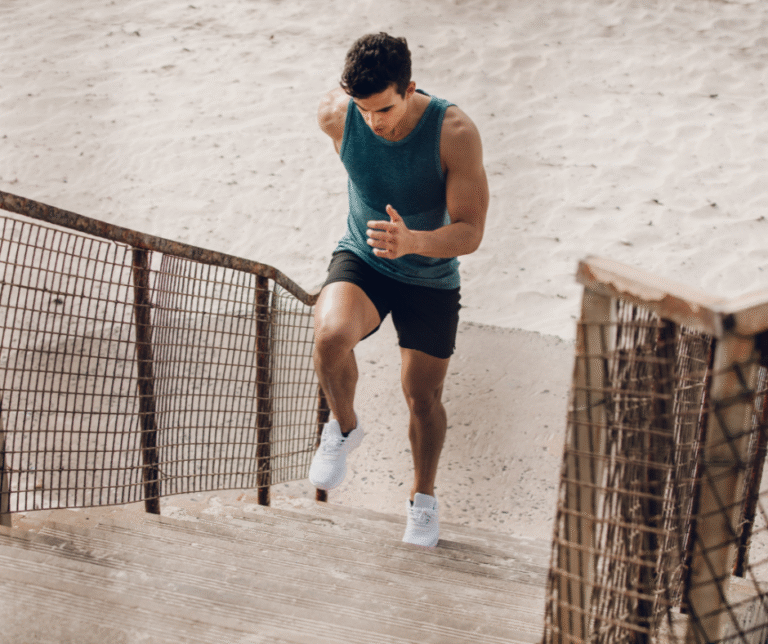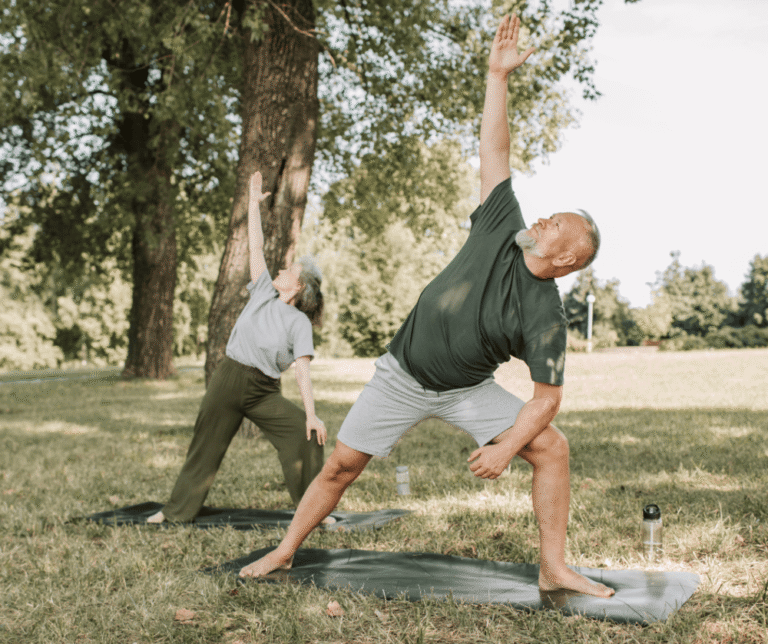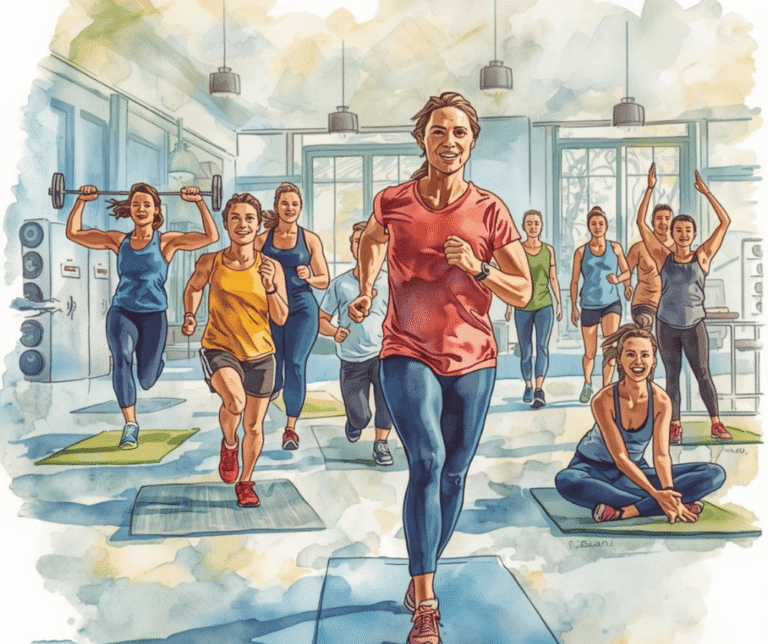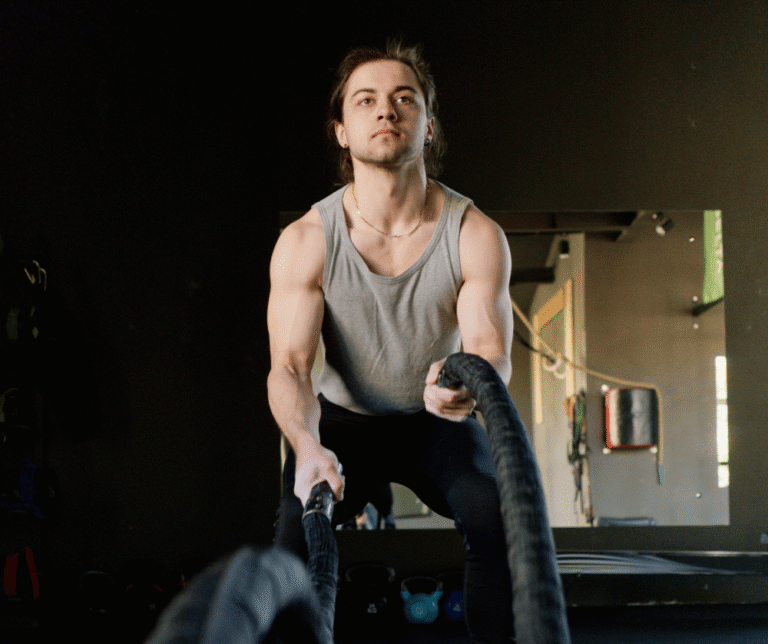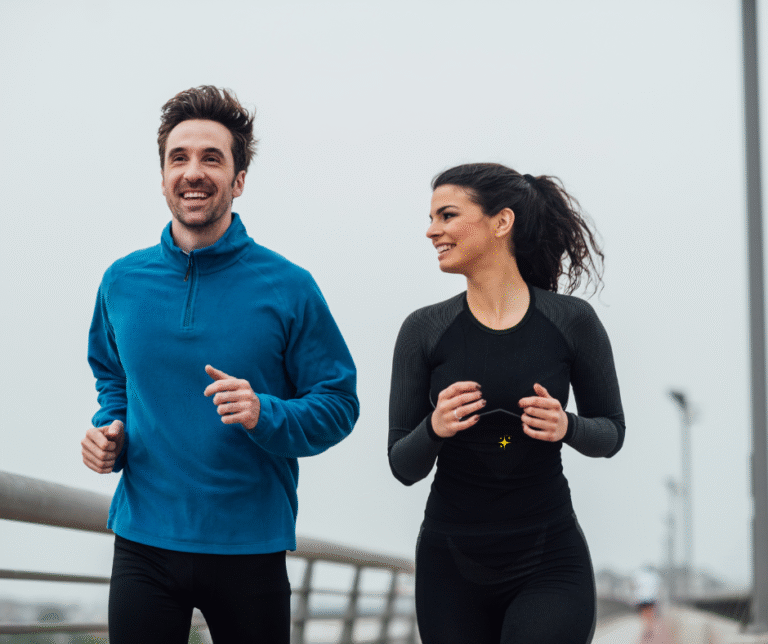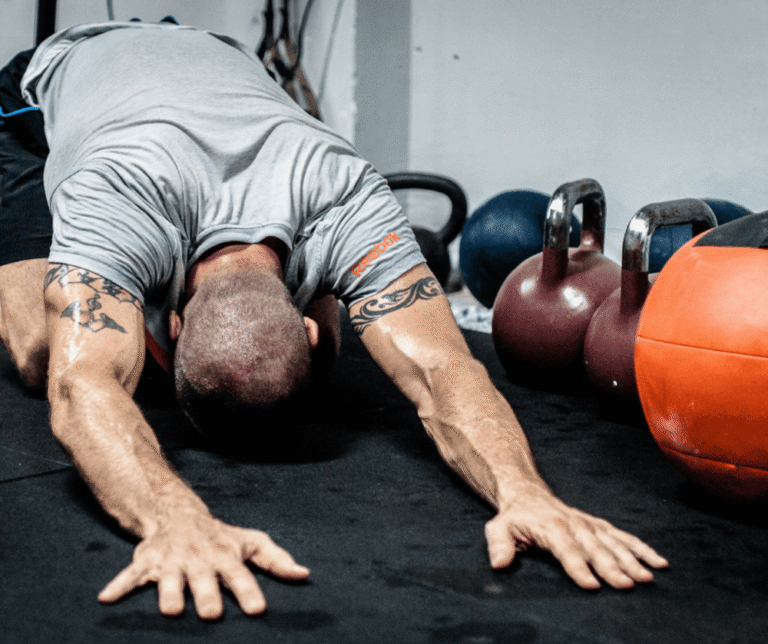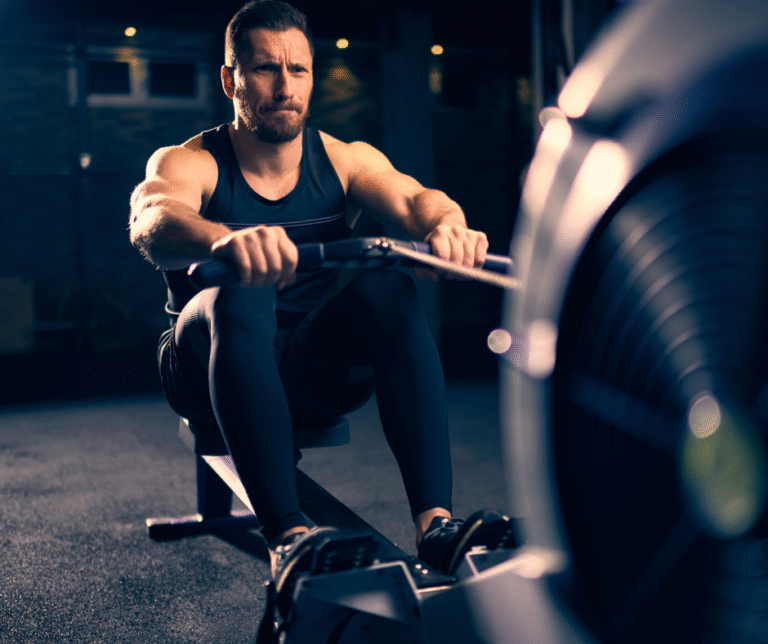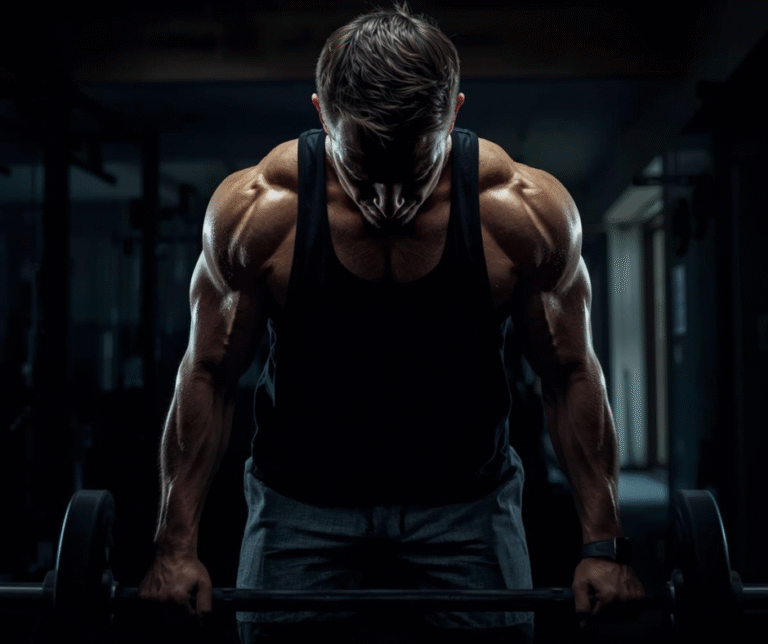In today’s fast-paced world, it’s easy to think of “exercise” as something that requires an expensive gym membership, an hour-long sweat session, or an intense training regimen. While those things are certainly valid ways to move your body, they can also feel like a burden, making it hard to stay consistent.
The truth is, exercise doesn’t have to be a chore—it can be an integrated, joyful part of your daily life. It’s about finding opportunities to move your body naturally, reducing stress, and boosting your mood without the pressure of a perfect workout.
Redefining Your Workout: Beyond the Treadmill
Forget the idea that if you’re not exhausted, it doesn’t count. The goal is sustainable, consistent movement.
-
Embrace the “Movement Snack”: Instead of one long session, break up your activity into 5- to 10-minute bursts throughout the day. A quick walk around the block, a 7-minute bodyweight routine, or a dance break while waiting for your coffee to brew are all powerful “snacks.”
-
Make Chores Count: Yard work, scrubbing the floor, or carrying heavy grocery bags all elevate your heart rate and engage major muscle groups. Treat them as functional fitness.
-
The Power of the Commute: If possible, bike, walk, or even get off the bus or train a stop early. That 10-minute walk adds up significantly over a week.
The Mental Health Boost: It’s More Than Muscle
The benefits of movement extend far beyond physical appearance. Even low-to-moderate intensity activity can have a profound impact on your mental well-being.
-
Stress Reduction: Movement is a natural release valve for tension and pent-up energy. When you feel overwhelmed, a brisk walk or some simple stretching can help lower levels of the stress hormone cortisol.
-
Mood Elevation: Physicalactivity stimulates the production of endorphins, natural mood boosters that can leave you feeling happier and more energized. That famous “runner’s high” isn’t exclusive to runners—any sustained activity can trigger it.
-
Improved Focus: Taking a movement break can act as a mental reset, helping you return to a task with renewed clarity and concentration.
Finding Movement You Actually Love
If you dread your activity, you won’t stick with it. The key is to find something that you genuinely look forward to.
| Type of Movement | How to Make it Fun |
| Walking/Hiking | Listen to an engaging podcast or audiobook; explore a new scenic trail; walk with a friend. |
| Strength Training | Focus on functional moves like squats, lunges, and push-ups; use household items like water bottles or heavy books as weights. |
| Cardio | Dance to your favorite music playlist; play a sport like basketball or tennis; try a virtual reality fitness game. |
| Mind-Body | Practice yoga or Tai Chi; focus on deep breathing and stretching after a long day of sitting. |
Your Simple Action Plan
-
Start Small, Stay Consistent: Begin with just 10 minutes of dedicated movement most days of the week. Consistency trumps intensity.
-
Integrate, Don’t Isolate: Look for opportunities to move during your downtime—take the stairs, pace while on a phone call, or stretch during a TV commercial break.
-
Prioritize Enjoyment: If you hate running, don’t run! Find the activity that makes you feel good and keeps you coming back for more.#MovementIsMedicine #ExerciseMotivation
#FitnessJourney #DailyMovement #ActiveLifestyle #VibesChanger #BuzzCreatorsDigitalMedia
